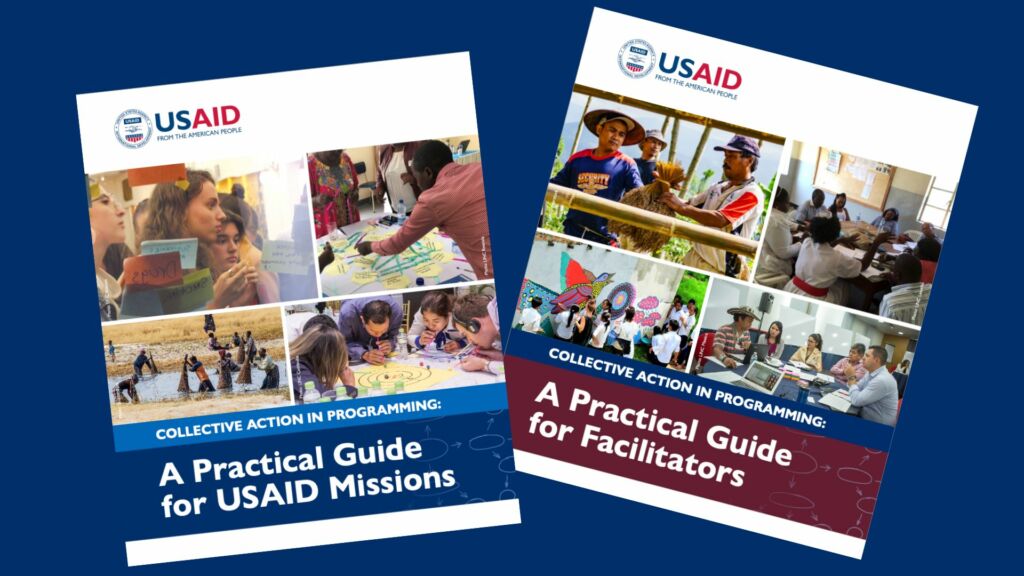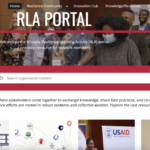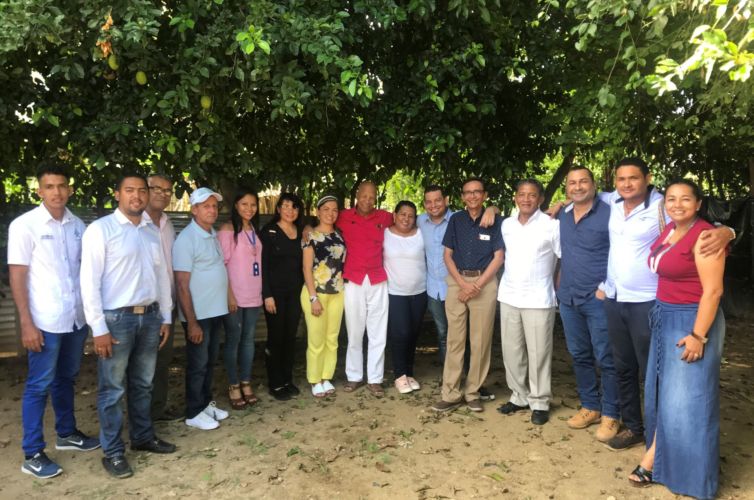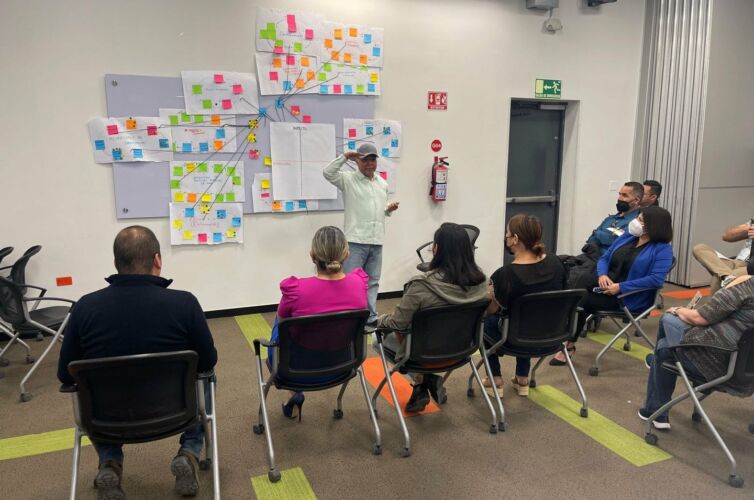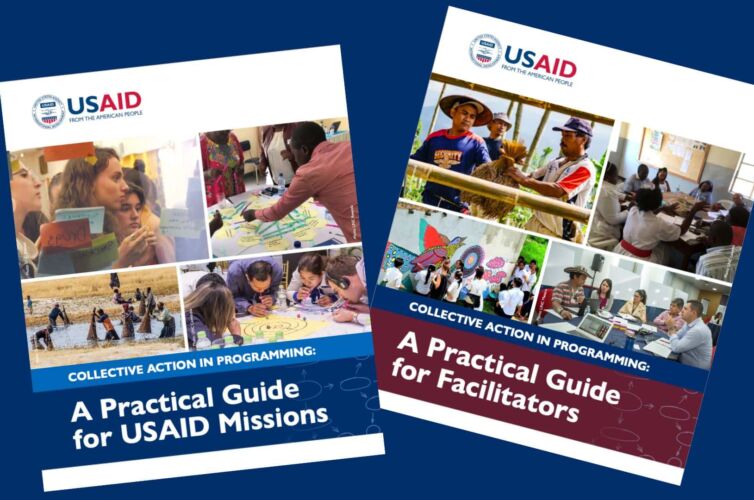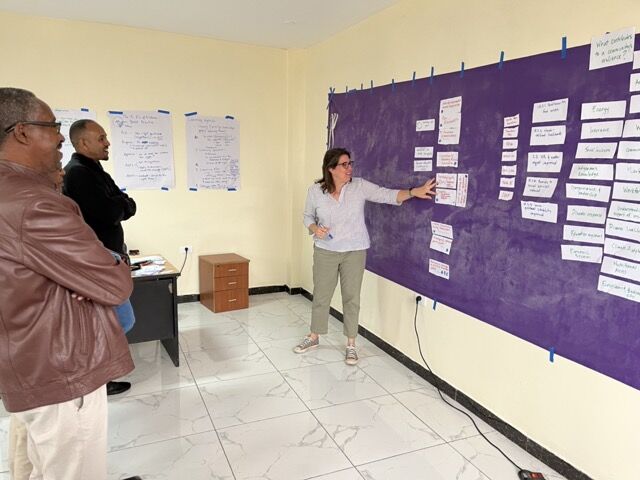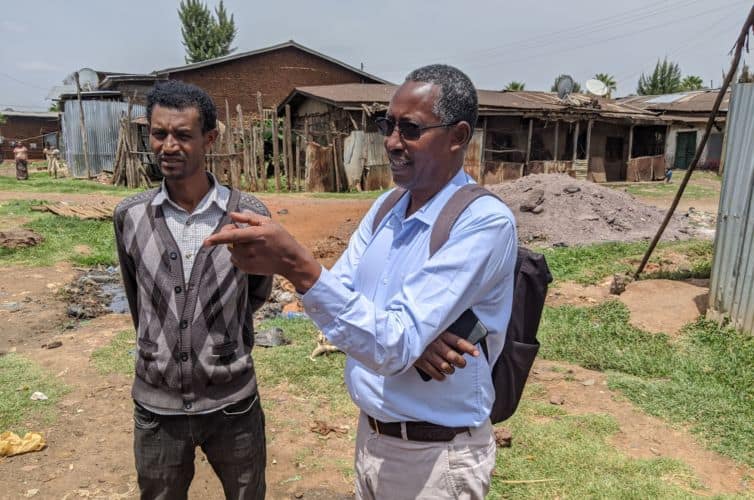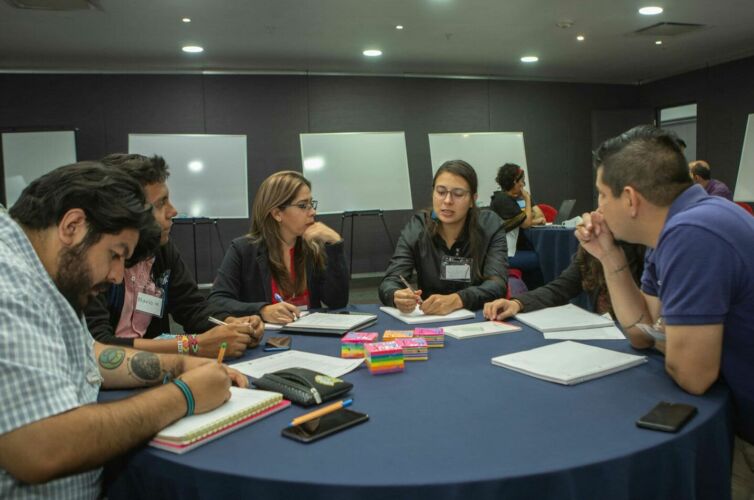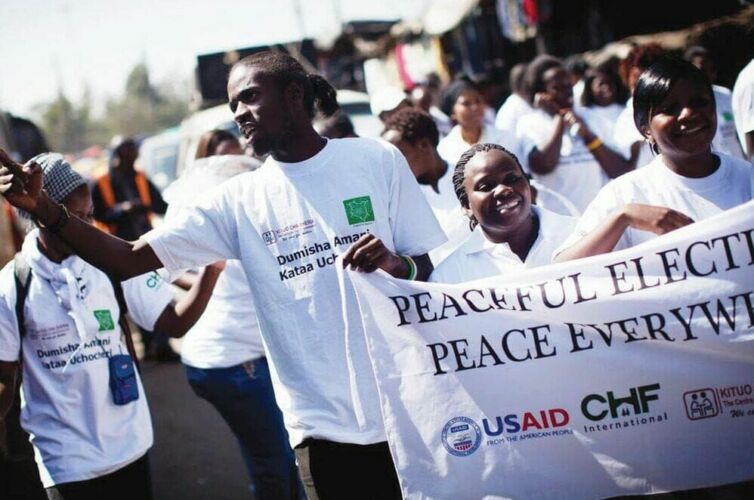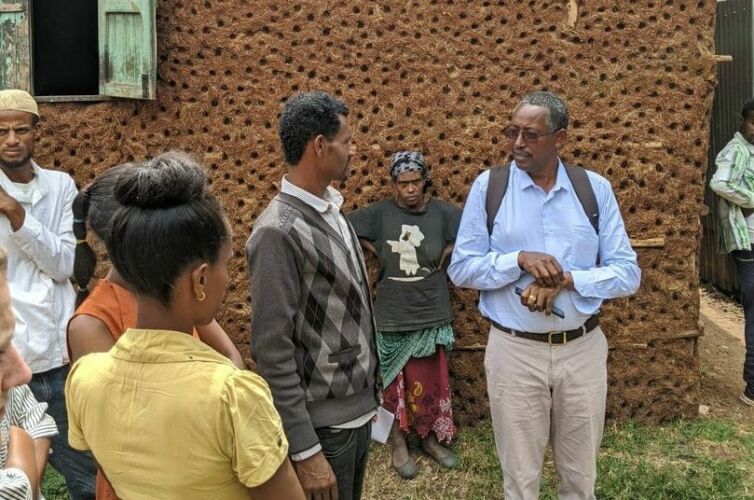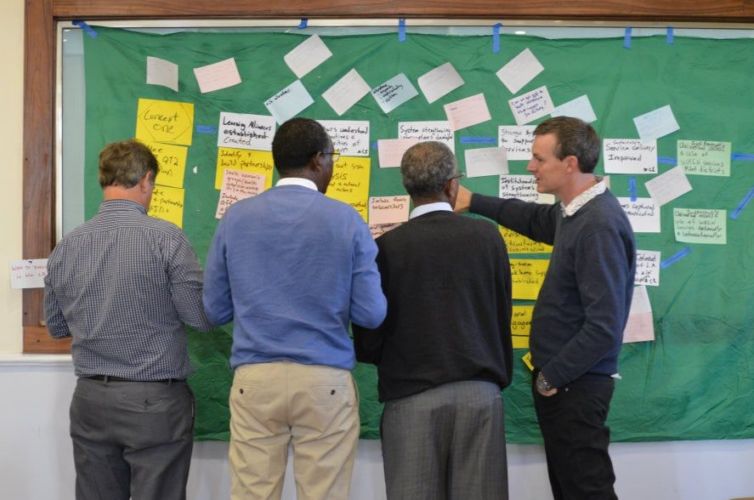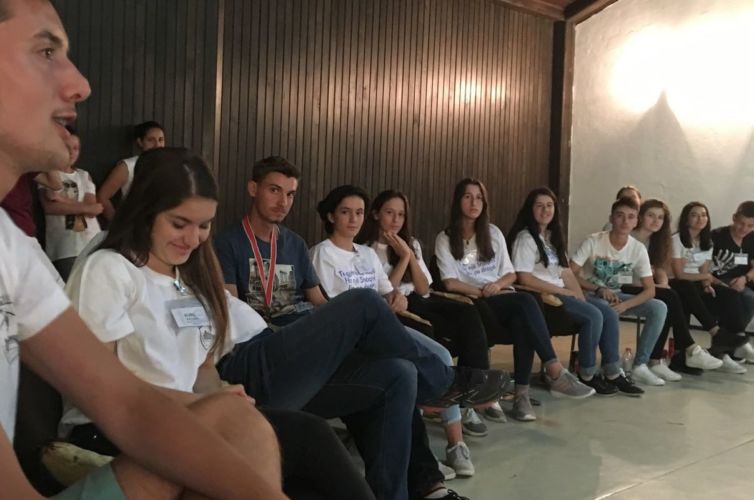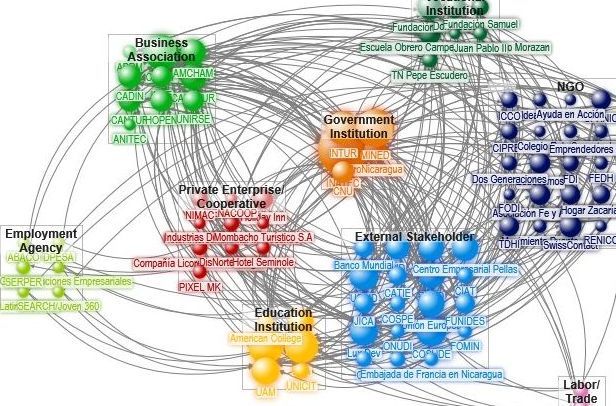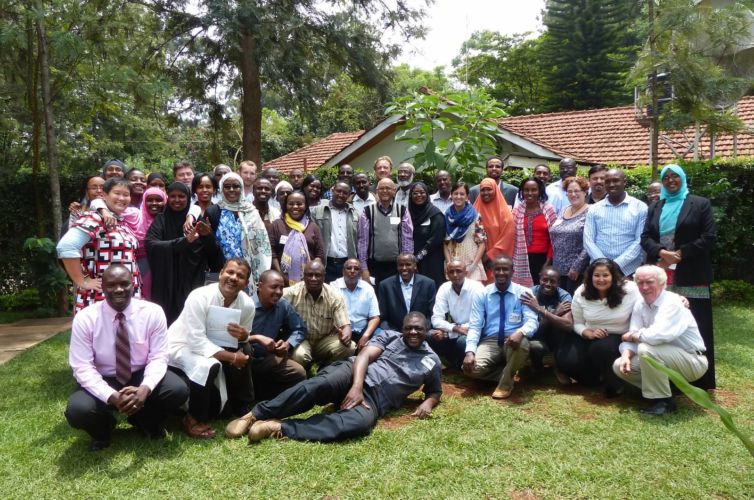About the Project
Throughout 2021 and 2022, LINC led the “Collective Action in USAID Programming” research and learning activity (Initially known as “Collaboration Models in USAID Programs: Utilization Focused Research to Promote Effective Multi-Stakeholder Collaboration”).
The objective of this global research project was to better understand how collaboration models (e.g. Collective Impact, SCALE), have been adapted and applied in the context of USAID activities over the next several years.
Utilizing a case study-based approach, our team of experts codified ten applications of collective/collaborative action into a taxonomy of approaches, accounting for various contextual and implementation-related variables.
Extending from this learning, the activity team then worked to develop training and resource material to help interested staff incorporate these collaboration models into USAID programming, among other products. Development of these training and resource materials was based upon user testing and feedback conducted through multiple sense-making workshops over the course of this eight-month assignment.

This activity was funded by USAID/Policy Planning, and Learning Bureau (PPL/SPP)’s iDesign office, under the Innovative Design Services (IDS) mechanism.
Collaboration Models Toolkit
Based on the research conducted under the Collective Action activity, LINC developed a user-friendly, utilization-focused toolkit that includes the following:
- A Practical Guide for USAID Missions
- A Practical Guide for USAID Facilitators
- Collective Action Case Study Summaries
These collective action resources are available via the USAID Learning Lab in Spanish and French as well.
This activity is made possible by the support of the American People through the United States Agency for International Development (USAID).

